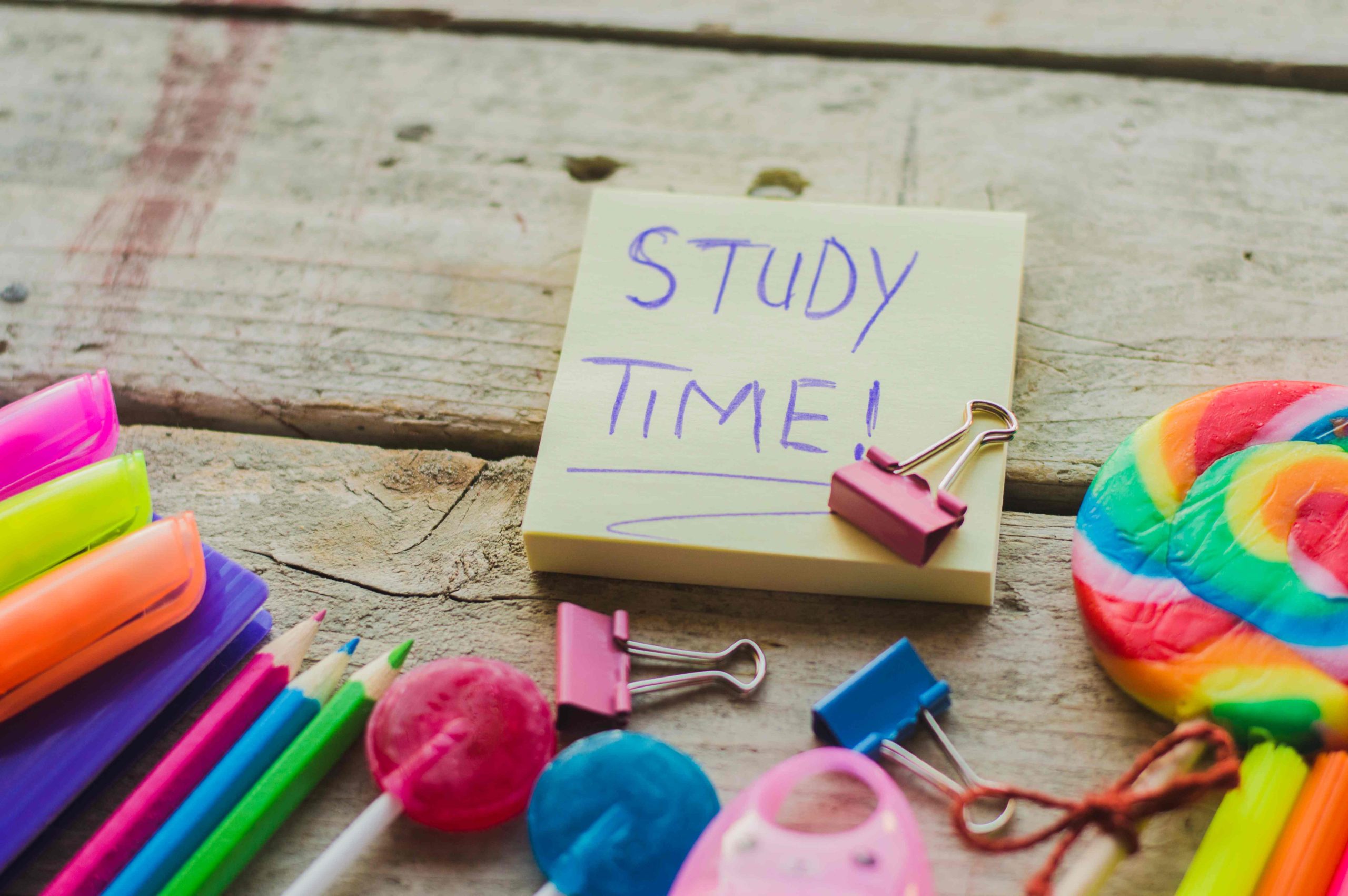
A Day in the Life of a Preschooler: Understanding the Timetable
For parents, sending their preschoolers to school can be a challenging experience. The thought of leaving their little ones in the hands of strangers for several hours a day can be daunting. However, preschool is an important milestone for kids, providing them with the foundation they need for their future education. Therefore, understanding the timetable of a typical preschool day is crucial for parents. In this article, we will take a closer look at what a day in the life of a preschooler typically looks like.
Morning Activities
A typical preschool day usually starts at around 9:00 am. Before classes start, preschoolers usually have some time to play and settle in. This time allows them to socialize with other kids and develop their social skills. It also gives them an opportunity to engage in free play and explore their surroundings. Some preschools may also offer breakfast or snacks during this time, allowing kids to fuel up for the day ahead.
Circle Time
After the morning playtime, preschoolers usually participate in circle time. This is a time for the whole class to come together and engage in group activities. During this time, preschoolers might sing songs, read stories, or engage in a discussion. Circle time is an essential part of the day, as it helps preschoolers develop their communication and listening skills. It also provides them with a sense of routine and structure.
Learning Activities
Once circle time is over, preschoolers will usually engage in learning activities. These activities can include anything from art projects to science experiments. Preschoolers will also learn basic skills such as writing, counting, and reading. These activities are designed to be fun and engaging and are tailored to the preschooler’s age and abilities.
Outdoor Play
Preschoolers need plenty of time to run around and burn off energy, and outdoor playtime is an important part of their day. This time allows them to engage in physical activities, explore their surroundings, and interact with nature. Some preschools may also offer organized games and activities during outdoor playtime, such as relay races or scavenger hunts.
Lunchtime
After outdoor playtime, preschoolers usually have lunch. Lunch is an important time for kids, as it provides them with the fuel they need to continue learning and playing. Some preschools may provide meals for their students, while others may ask parents to pack a lunch. Preschools may also use this time to teach kids about healthy eating habits.
Naptime
After lunch, preschoolers usually have naptime. Naptime is essential for preschoolers, as it allows them to recharge their batteries and prepare for the afternoon’s activities. Preschools will usually provide mats or cots for kids to rest on, along with a blanket or pillow. Some preschools may also play calming music or read stories to help kids relax.
Afternoon Activities
After naptime, preschoolers will usually engage in more learning activities. These activities may include more hands-on projects or structured lessons. Preschoolers will also continue to develop their social skills and work on building relationships with their classmates.
Home Time
The end of the day is usually around 3:00 pm. Preschoolers will usually have some time to play and socialize before going home. This is also a good opportunity for parents to connect with the preschool staff and find out how their child’s day went.


